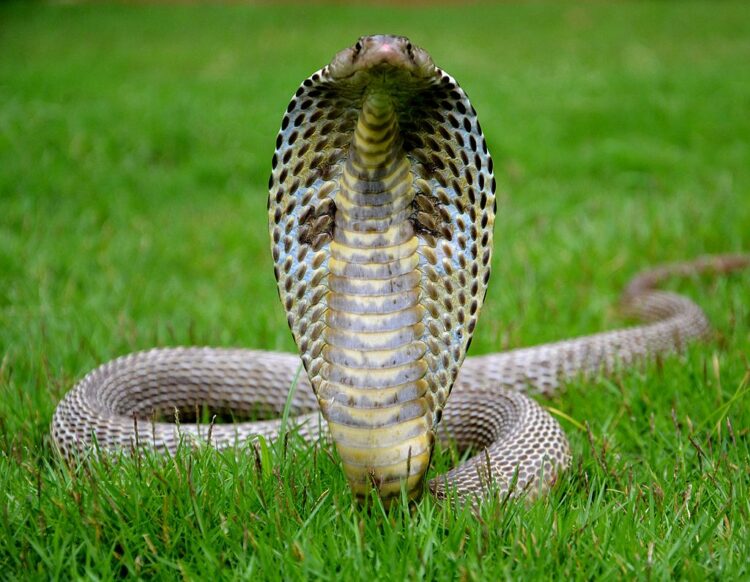
King cobras are more than just venom and hisses. Known as the world’s longest venomous snake, they fascinate with deadly prowess, smart hunting tactics, and unexpected parental care. Here are fifteen facts that reveal the depth and importance of these mighty snakes in their natural habitats.
World’s Longest Venomous Snake

The king cobra is seriously impressive when it comes to size. It holds the record for being the longest venomous snake in the world. Adults usually reach about 10 to 13 feet in length, but some can grow up to 18 feet! Imagine seeing a snake that big—it is like a moving muscle with scales.
Their Venom is a Fast Killer
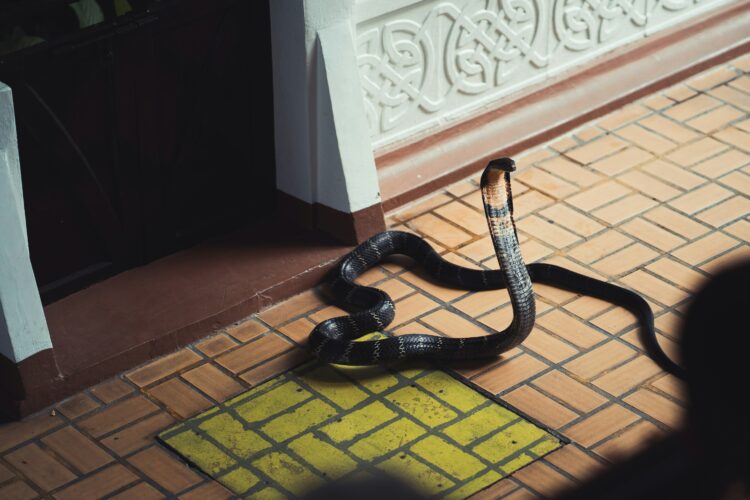
When it comes to their venom, king cobras do not mess around. They have a neurotoxin that is extremely effective. The bite of a cobra has the power to kill an elephant! Or, a single bite can even kill 20 people at once! What is really scary is that the venom can kill a human within 30 minutes if untreated.
A Famous Hood and a Warning Hiss
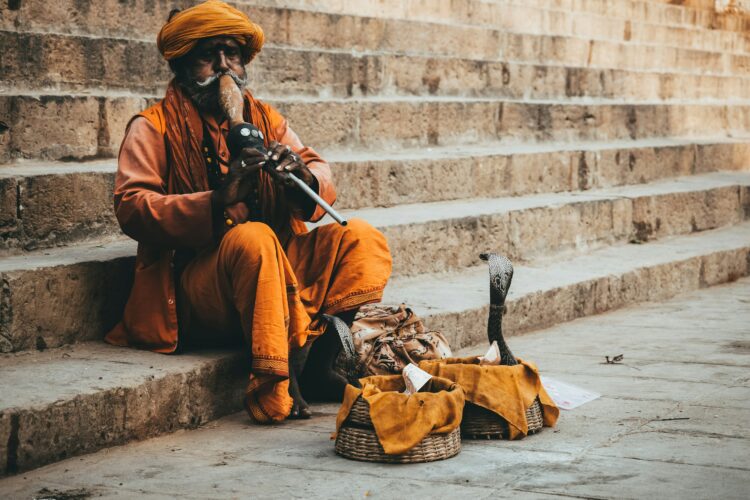
Ever heard a King Cobra hiss? It is deep, almost like a growling dog, and it is totally meant to warn you off. These guys do not just hiss for the fun of it. When they feel threatened, they can shoot up to a third of their body straight into the air, look you in the eye, and give you that deep hiss.
Diet: They Prefer Other Snakes

Believe it or not, king cobras are sort of the cannibals of the snake world. They mostly eat other snakes, venomous or not. When they are really hungry and cannot find their usual dinner, they might snack on other small critters. But snakes are definitely their food of choice.
They are Devoted Parents
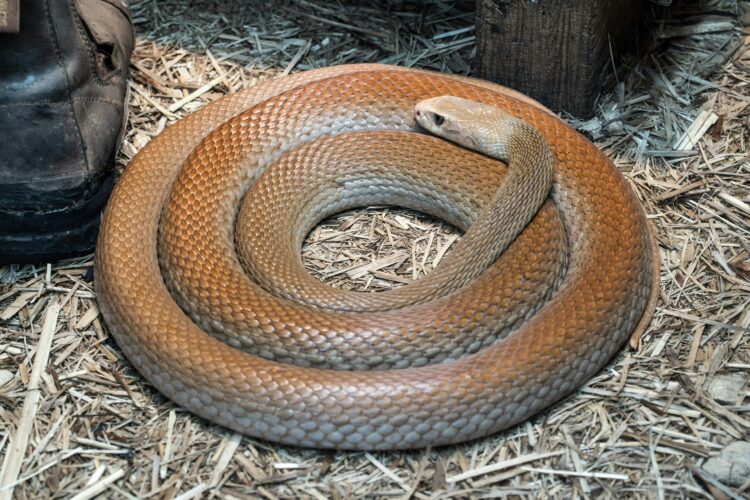
Here is something you might not expect: King cobras are actually pretty caring parents. The females even build nests for their eggs, which is pretty rare among snakes. They pile up leaves and other stuff to make it cozy and then guard their eggs until they hatch, which takes a couple of months.
Lifespan

King cobras can stick around a long time, up to 20 years in the wild, and even longer in captivity if they are well taken care of, sometimes up to 30 years. That long life lets them keep on growing, reproducing, and holding their top spot in the food chain.
They Have a Highly Developed Brain
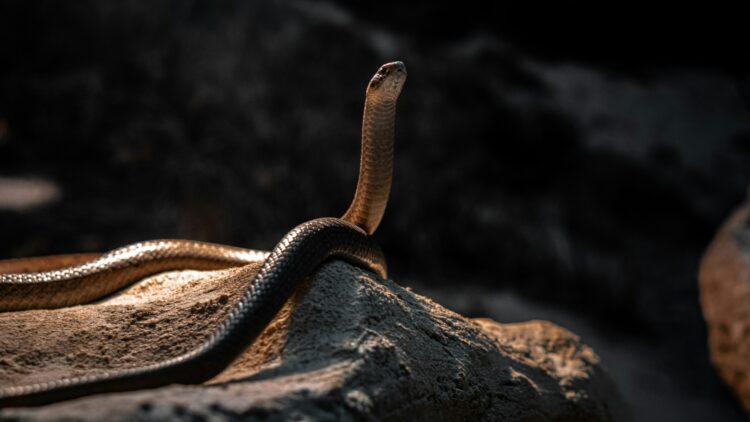
Compared to other snakes, king cobras are pretty sharp. They have a better-developed brain, which makes them excellent at solving problems and navigating their complex forest homes. They even recognize their human caregivers in captivity and can dodge obstacles better than most snakes.
Rarely Aggressive Without Cause
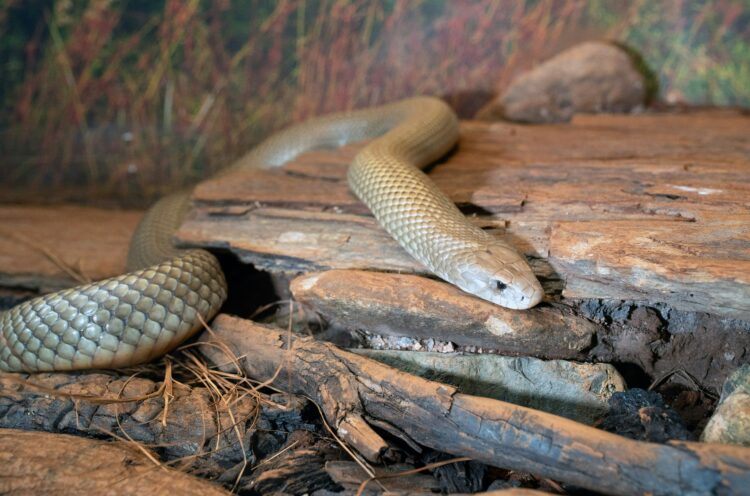
Despite their fearsome reputation, king cobras are actually quite reserved when it comes to aggression. They prefer to avoid confrontation unless provoked or cornered. In most cases, these snakes would rather retreat than attack, using their infamous hiss and imposing posture as deterrents to potential threats.
Cultural Significance

In many parts of South and Southeast Asia, such as India, the king cobra is more than just a snake. It is a symbol of power and wisdom, often linked with gods and good fortune. It is celebrated in festivals and dances, revered as a bringer of luck and a protector.
Habitat and Distribution
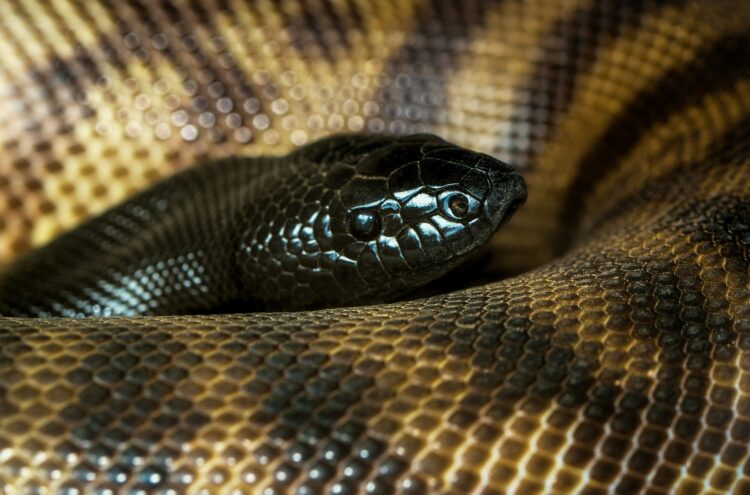
King cobras have a wide range but prefer the forested areas of India, Southeast Asia, Indonesia, and the Philippines. They love the thick, dense cover of highland forests and mangroves, which are perfect for hunting and hiding. However, their homes are under threat from human expansion.
Color Variation and Camouflage
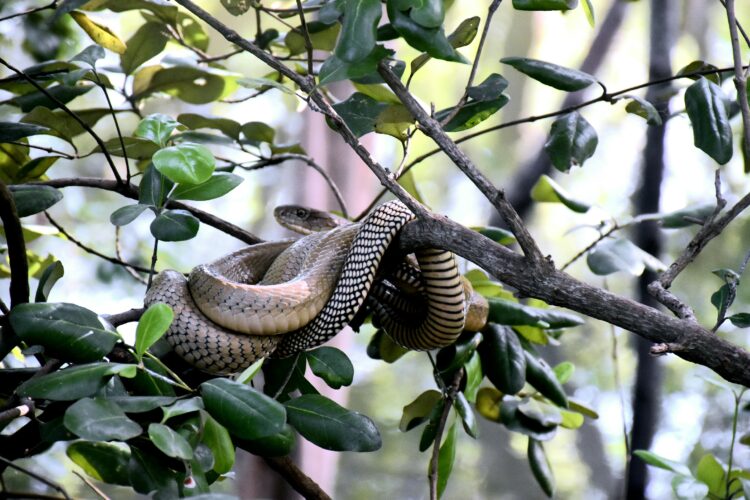
These snakes are masters of disguise. Depending on where they live, their colors can range from black to green to yellowish-brown, often with bands that help them blend right into the forest floor. This camouflage is crucial for sneaking up on prey or staying hidden from predators.
Venom Delivery Efficiency
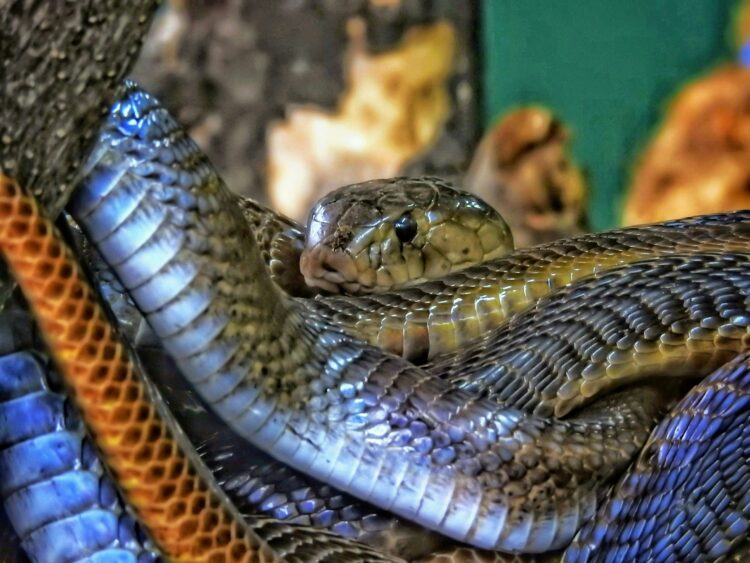
King cobras are equipped with a pair of short, fixed fangs at the front of their mouth, perfect for delivering a deadly dose of venom. They work like hypodermic needles, pumping venom deep into their victims. This efficient system is vital for taking down prey quickly and defending themselves.
Thermoregulation

Being cold-blooded, king cobras depend on their surroundings to stay warm. You will often find them sunbathing in the morning to rev up their body for the day’s activities. As their natural habitats face changes in climate, understanding and supporting their need to thermoregulate is key to their survival.
Prey Detection: Not Just About Sight
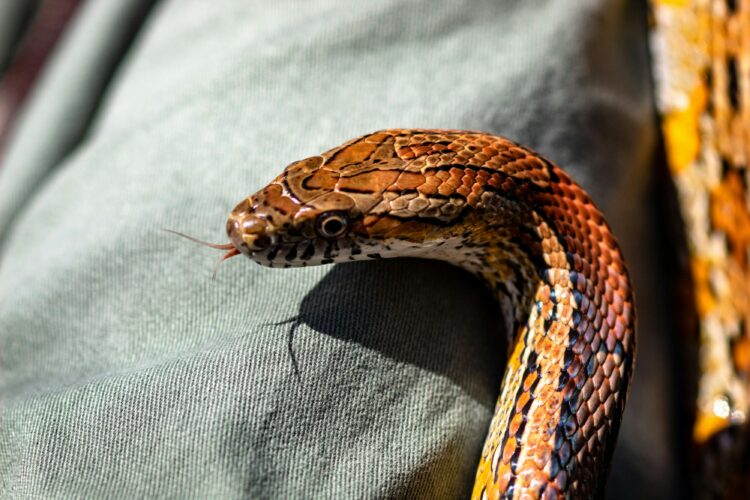
King cobras have an incredibly acute sense of smell, which they use to track their prey. They use their forked tongue to collect airborne particles and then deposit them into the Jacobson’s organ located in the roof of their mouth. This organ analyzes these chemical cues, allowing the cobra to detect prey from far away or to track the trail of other snakes.
Conservation Status: Vulnerable
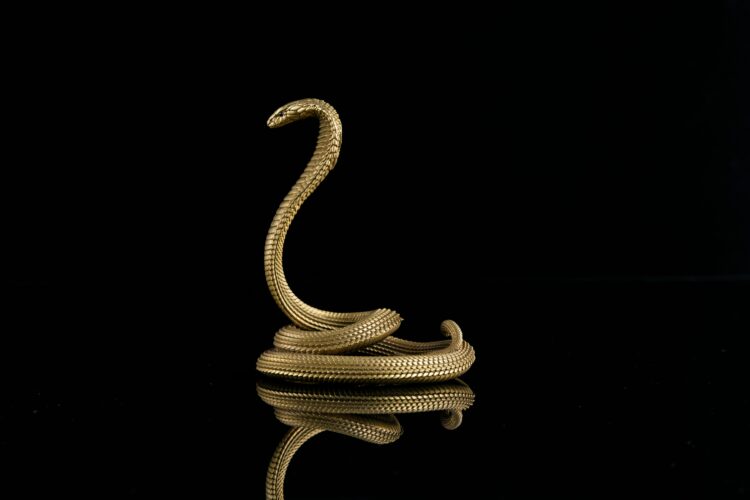
The IUCN Red List mentions the king cobra in their list of vulnerable species. Why? They are often poached for their skin, their habitats are regularly destroyed, their venom is cultivated for medicine, and worse, they are killed as people fear them. Their populations are declining in several areas where they were once common. Conservation efforts are essential to protect these magnificent snakes, focusing on habitat conservation and reducing human-snake conflicts.

Comments
Loading…